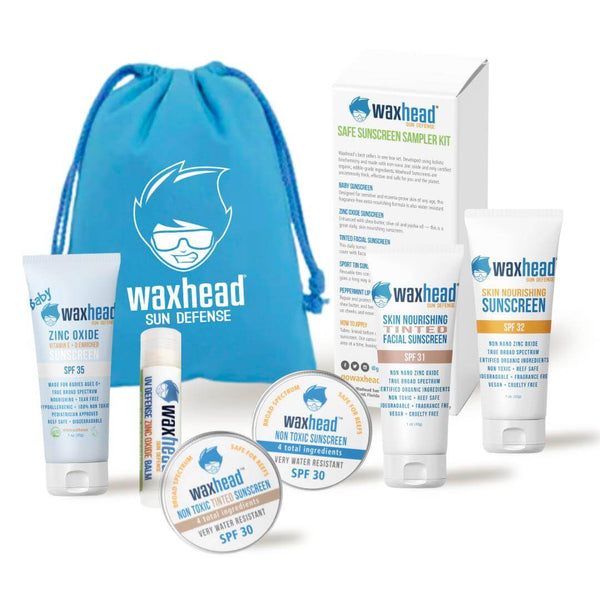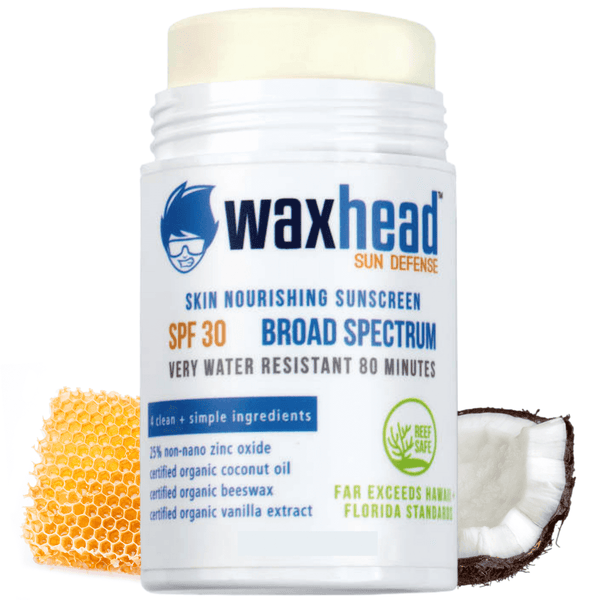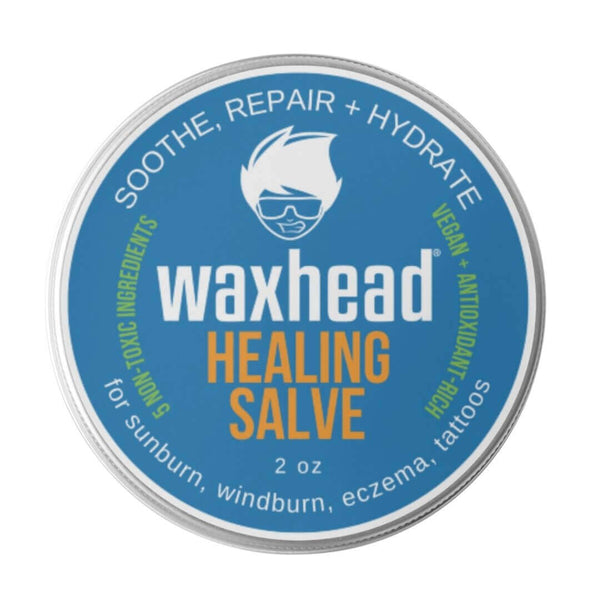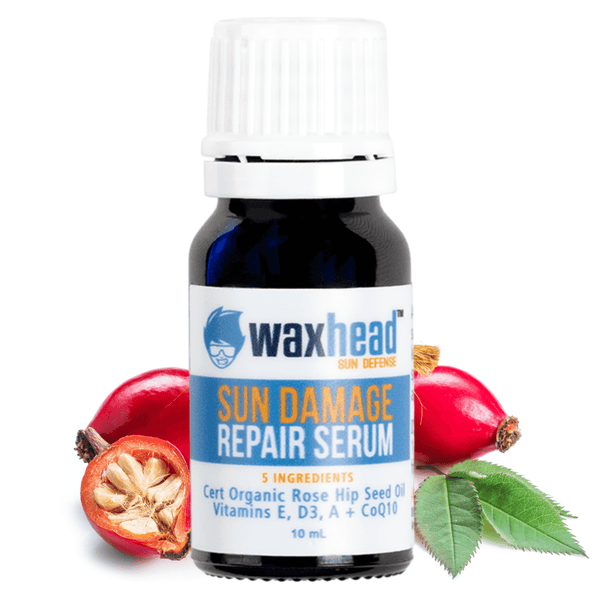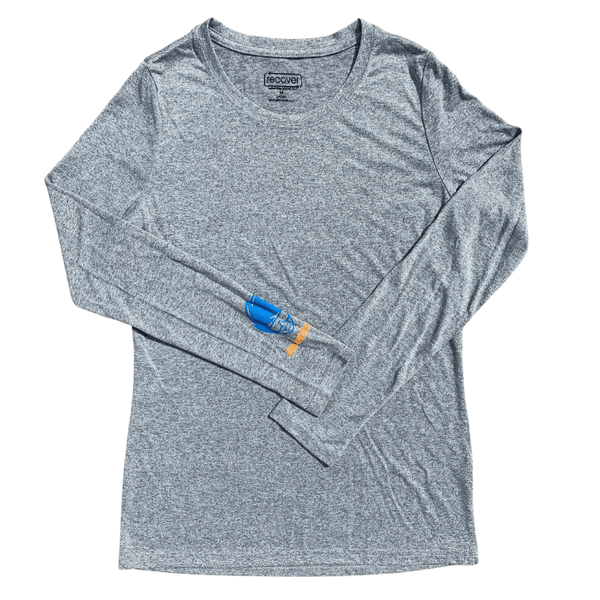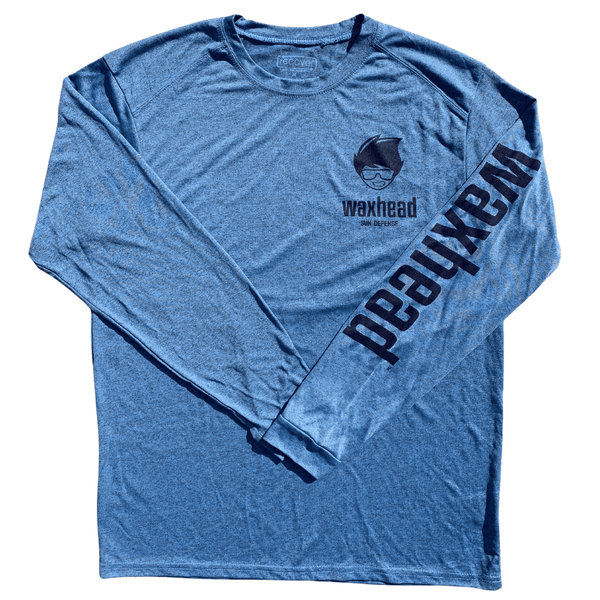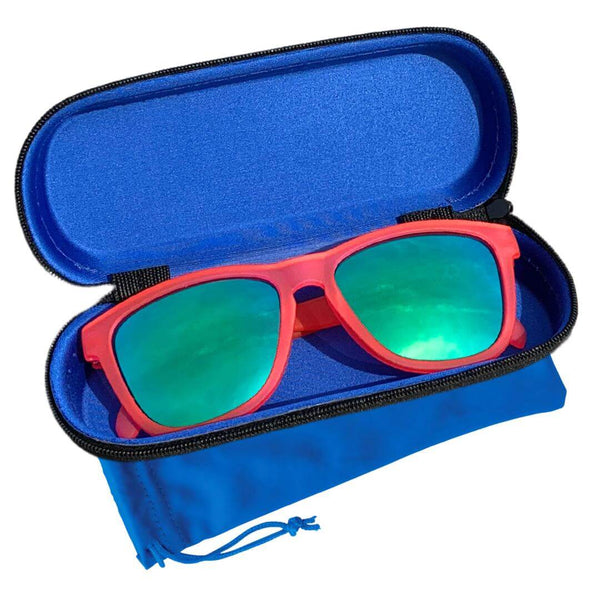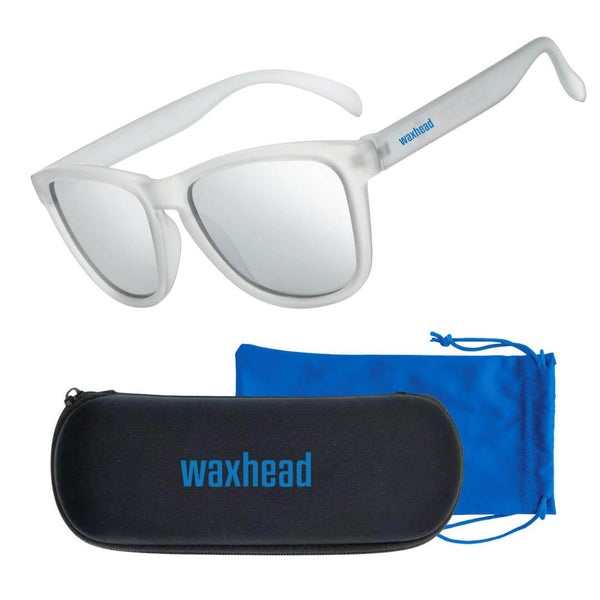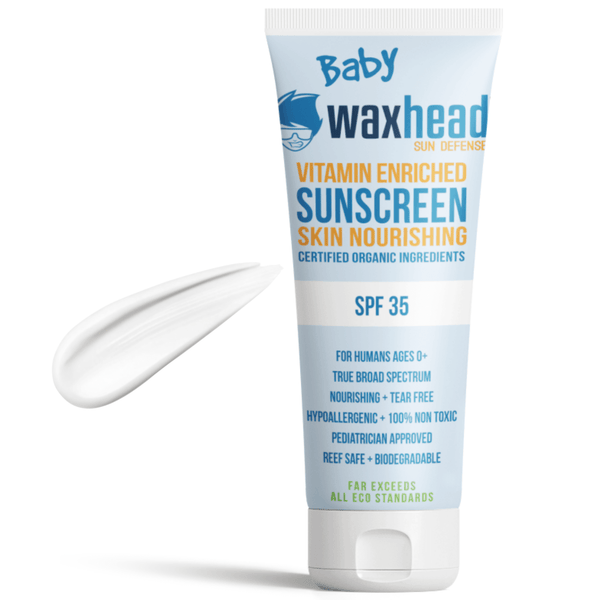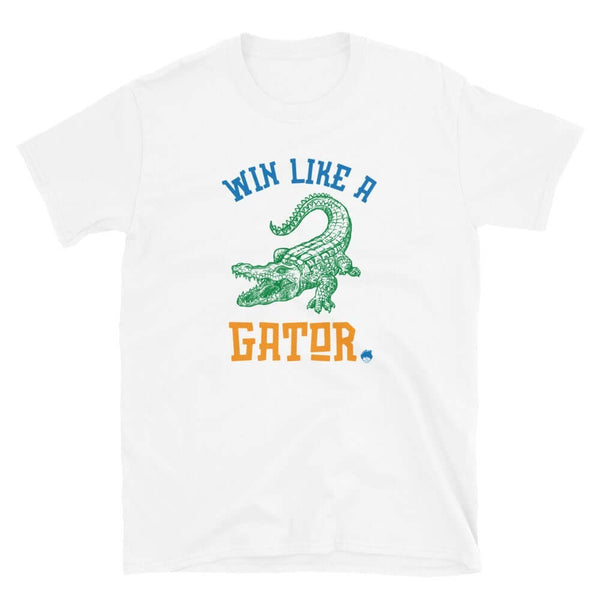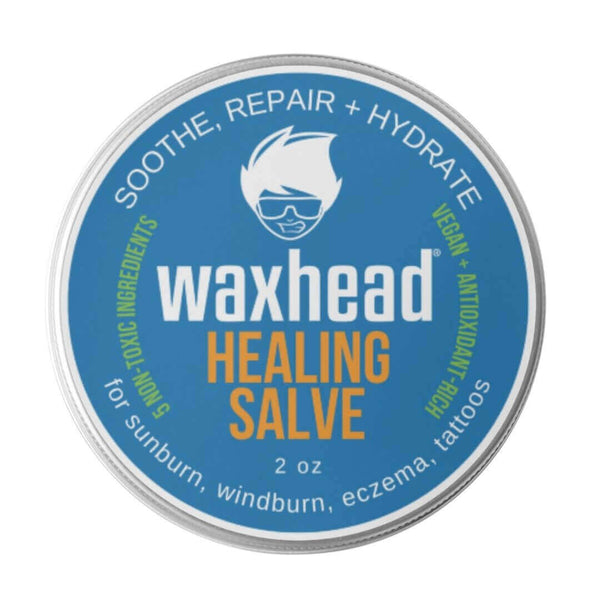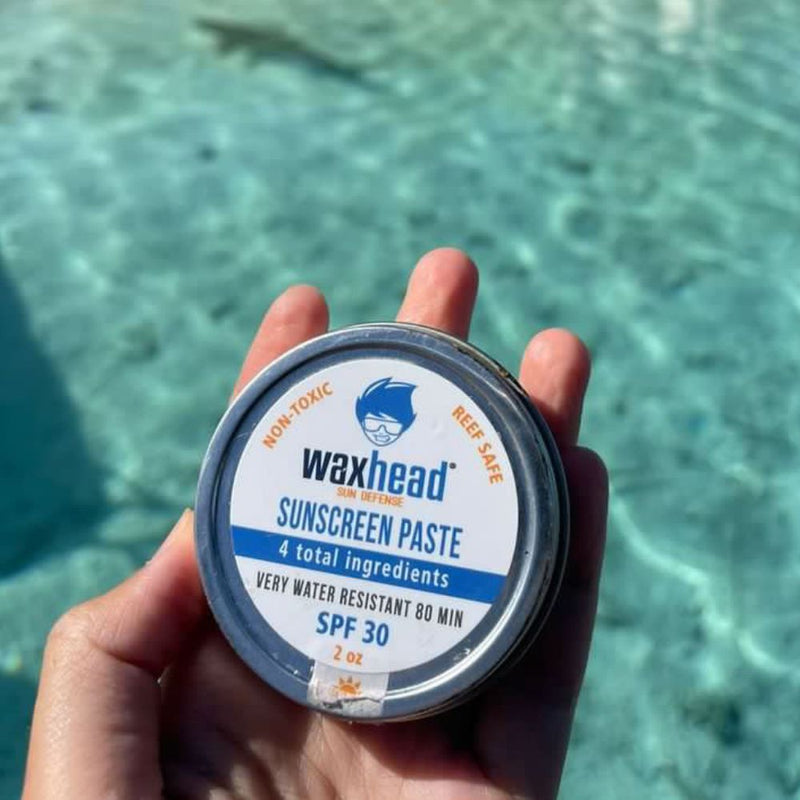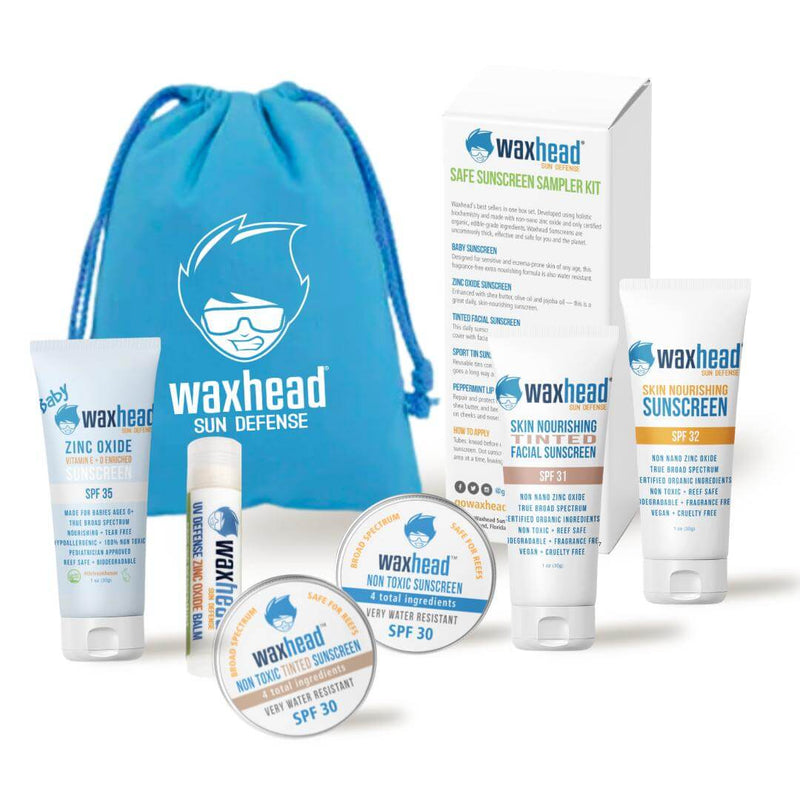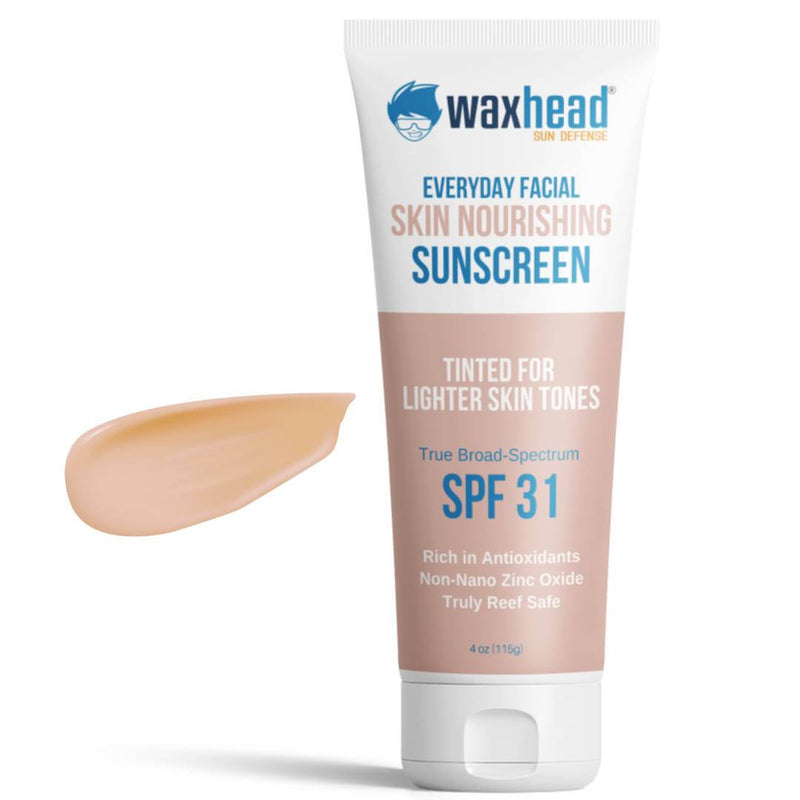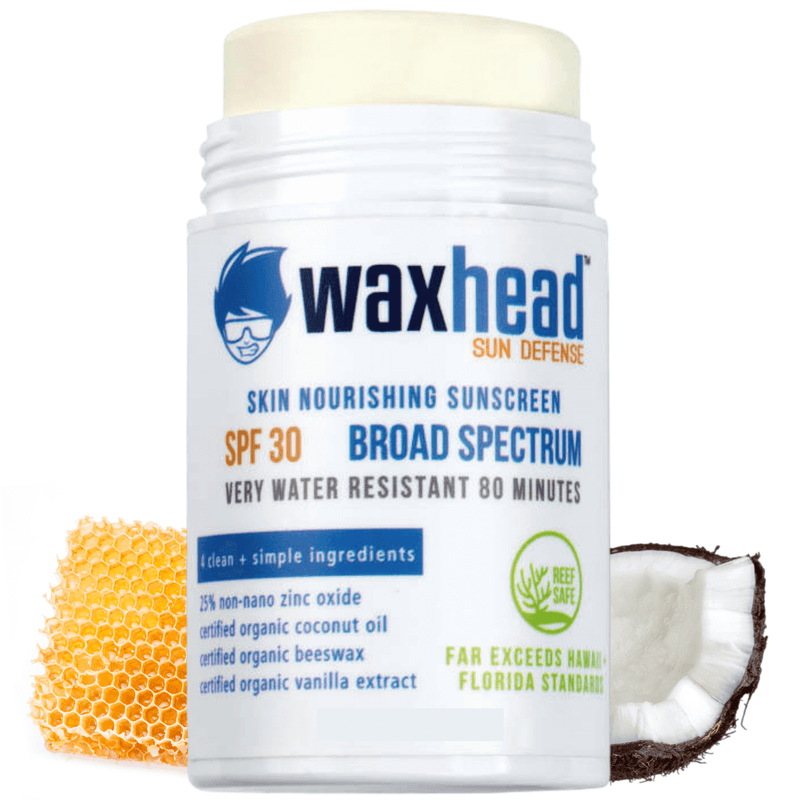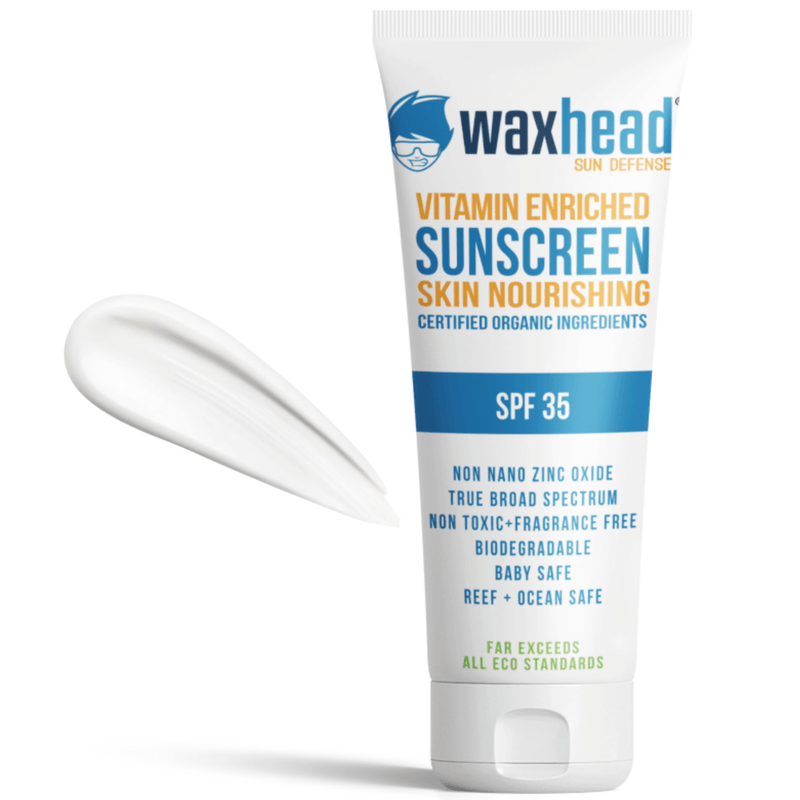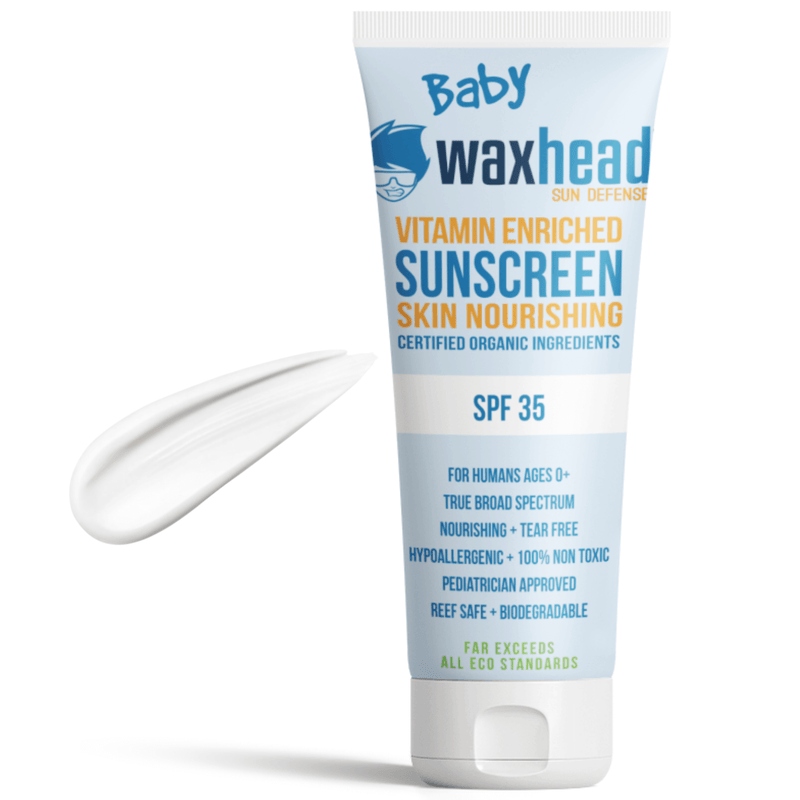Unveiling the Truth Behind the Ingredients
The quest for reef-safe sunscreen has become increasingly crucial in protecting our skin from harmful UV rays. With concerns rising about the impact of chemical ingredients on coral reefs, it's imperative to delve into the composition of popular sunscreens, such as those from Supergoop, to determine their reef safety.
In this article, we dissect Supergoop's top-selling sunscreens, scrutinize their ingredients, and explore the science behind reef safety, steering clear of marketing messages and focusing solely on scientific evidence.
Analyzing Supergoop's Top 6 Selling Sunscreens
To ascertain their reef safety, let's examine Supergoop's top-selling products and dissect their ingredient lists.
Supergoop Unseen Sunscreen SPF 40
A favorite among many, this clear, oil-free formula boasts Avobenzone, Homosalate, Octisalate, and Octocrylene as active ingredients. Unfortunately, these chemical filters have been implicated in coral bleaching and can accumulate in reef ecosystems, threatening marine life.
Active Ingredients: Avobenzone, 3%, Homosalate 8%, Octisalate 5%, Octocrylene 4%
Answer: Supergoop Unseen Sunscreen SPF 40 is not reef-safe.
Supergoop Glowscreen SPF 40
This widely popular sunscreen contains active ingredients like Avobenzone, Homosalate, Octisalate, and Octocrylene. While these chemicals effectively absorb UV rays, research suggests they harm coral reefs, disrupting their development and even inducing coral bleaching. Studies have shown oxybenzone and octinoxate, commonly found in chemical sunscreens, contribute significantly to coral reef degradation.
Active Ingredients:
Glowscreen in shade Sunrise: Avobenzone 3%, Octisalate 5%, Octocrylene 10%. Answer: not reef-safe
Glowscreen in shade Dawn: Avobenzone 3%, Homosalate 4%, Octisalate 5%, Octocrylene 8%. Answer: not reef-safe
Glowscreen in shade Golden Hour: Avobenzone 3%, Homosalate 4%, Octisalate 5%, Octocrylene 8%. Answer: not reef-safe
Glowscreen in shade Sunset: Avobenzone 3%, Homosalate 4%, Octisalate 5%, Octocrylene 8%. Answer: not reef-safe
Supergoop PLAY Everyday Lotion SPF 50
This water-resistant sunscreen contains the active ingredients Avobenzone, Homosalate, Octisalate, and Octocrylene. Despite their high SPF protection, these chemical filters raise concerns about their impact on coral reefs as studies continue to highlight the harmful effects of chemical sunscreens on marine ecosystems.
Active Ingredients: Avobenzone (3%), Homosalate (10%), Octisalate (5%), Octocrylene (7.5%)
Answer: Supergoop PLAY Everyday Lotion SPF 50 is not reef-safe.
Supergoop Glow Stick SPF 50
This sunscreen stick offers broad-spectrum protection with chemical sunscreen filters, Avobenzone, Octisalate, and Octocrylene, but it is not reef-safe either.
Active Ingredients: Avobenzone 3.0%, Octisalate 5.0%, Octocrylene 10.0%
Answer: Supergoop Glow Stick is not reef-safe.
Supergoop PLAY Antioxidant Body Mist SPF 50
This sunscreen contains Avobenzone, Homosalate, Octisalate, and Octocrylene as active ingredients in a convenient mist form. While touted for its ease of application, these chemical filters undermine its reef-safe claims, aligning with mounting evidence of their detrimental effects on marine ecosystems.
Active Ingredients: Avobenzone 2.8%, Homosalate 9.8%, Octisalate 4.9%, Octocrylene 9.5%
Answer: Supergoop Glow Stick is not reef-safe.
Supergoop (Re)setting Refreshing Mist SPF 40 - not reef-safe
This multitasking mist offers broad-spectrum protection, formulated with Avobenzone, Homosalate, Octisalate, and Octocrylene. However, including these chemical filters raises red flags regarding reef safety, as evidenced by scientific research linking chemical sunscreen ingredients to coral reef decline.
Active Ingredients: Avobenzone 2.9%, Homosalate 9.8%, Octisalate 4.9%, Octocrylene 9.5%
Answer: Supergoop (Re)setting Refreshing Mist SPF 40 is not reef-safe.
Exploring Chemical Sunscreens and Coral Reefs
Chemical sunscreen ingredients like Avobenzone, Homosalate, Octisalate, and Octocrylene pose risks to coral reefs and human health. These chemicals are linked to hormone disruption, allergic reactions, and skin irritation.
Coral reefs are a delicate ecosystem threatened by some types of sunscreens. Chemical sunscreens with ingredients such as Avobenzone, Homosalate, Octisalate, and Octocrylene have emerged as silent assailants, posing grave risks not only to the vibrant marine life.
While providing sun protection, these chemical compounds harbor insidious dangers. Studies have unveiled their potential to disrupt hormonal balance, trigger allergic reactions, and induce skin irritation in unsuspecting users. However, the repercussions extend beyond human skin as these chemicals enter the aquatic environment.
Once introduced into the water, these compounds don't simply dissipate; instead, they linger, infiltrating coral reefs and marine ecosystems. As they accumulate within the tissues of aquatic organisms, a sinister chain reaction unfolds, with implications reverberating throughout the food web. From tiny plankton to majestic marine predators, contamination looms large, endangering marine life and the health of those who rely on these ecosystems for sustenance.
Why Non-Nano Zinc Oxide is the Safest Choice
Given these concerns, opting for reef-safe alternatives is crucial, prioritizing non-nano zinc oxide as the active ingredient.
Non-nano zinc oxide is the safest sunscreen ingredient choice for people and the planet. Unlike chemical filters, zinc oxide forms a physical barrier on the skin's surface, reflecting and scattering UV rays without penetrating the skin or harming marine life.
Additionally, non-nano zinc oxide does not pose bioaccumulation or hormone disruption risks, making it an eco-friendly and skin-friendly option for sun protection.
Non-Nano Zinc Oxide
Non-nano zinc oxide stands out as the finest ingredient for sunscreens, offering unparalleled protection without compromising the health of coral reefs and marine ecosystems. Its large particle size prevents it from being ingested by corals and other marine organisms, ensuring minimal impact on aquatic life.
Studies consistently demonstrate the reef-safe nature of non-nano zinc oxide, affirming its superiority in preserving the delicate balance of marine ecosystems while providing effective sun protection for humans. Embracing non-nano zinc oxide as the cornerstone of sunscreen formulations safeguards our skin from sun damage and fosters a sustainable approach to environmental conservation.
Frequently Asked Questions
Are Supergoop sunscreens safe for coral reefs?
Despite their marketing claims, Supergoop sunscreens containing chemical filters like Avobenzone, Homosalate, Octisalate, and Octocrylene pose risks to coral reefs because they can induce coral bleaching and disrupt marine ecosystems. They are not reef-safe.
What makes zinc oxide sunscreen reef-safe?
Zinc oxide sunscreen, particularly non-nano formulations, is considered reef-safe because it forms a physical barrier on the skin's surface without harming coral reefs or marine life.
Can chemical sunscreen ingredients harm human health?
Yes, chemical sunscreen ingredients have been linked to hormone disruption, allergic reactions, and skin irritation, raising concerns about their safety for human health.
Why should I choose non-nano zinc oxide sunscreen?
Non-nano zinc oxide sunscreen offers effective sun protection without the risks associated with chemical filters, making it a safer choice for both people and the planet.
Are there any studies confirming the harmful effects of chemical sunscreens on coral reefs?
Numerous studies have demonstrated the detrimental impact of chemical sunscreen ingredients like oxybenzone and octinoxate on coral reefs, including coral bleaching and inhibition of coral growth.
What should I look for in a reef-safe sunscreen?
Opt for sunscreens that use non-nano zinc oxide as the active ingredient and avoid products containing chemical filters like oxybenzone, octinoxate, avobenzone, homosalate, octisalate, and octocrylene.
Are there any regulations regarding reef-safe sunscreen?
Some regions, such as Hawaii, have banned the sale of sunscreens containing oxybenzone and octinoxate to protect coral reefs. However, no federal regulation currently exists.
Can I still get adequate sun protection with reef-safe sunscreen?
Yes, reef-safe sunscreens, like traditional sunscreens, provide effective protection against harmful UV rays when applied correctly and reapplied as needed.
Is it true that mineral sunscreens leave a white cast on the skin?
While some mineral sunscreens may initially leave a slight white cast, newer formulations often blend seamlessly into the skin without leaving a noticeable residue. Some mineral sunscreens are tinted.
Where can I find reef-safe sunscreen options?
Look for sunscreens labeled using non-nano zinc oxide as the active ingredient. Brands like Waxhead Sunscreens offer a range of reef-safe options that prioritize environmental and human health.
Choose Waxhead Sunscreens for Reef Safe Sunscreen
In conclusion, "Is Supergoop reef safe?" raises valid concerns about the reef safety of chemical sunscreen ingredients. Based on our analysis of Supergoop's top-selling products and the scientific evidence surrounding chemical filters, these sunscreens may pose risks to coral reefs and human health.
To prioritize environmental conservation and personal well-being, opt for reef-safe alternatives like Waxhead Sunscreens, which utilize non-nano zinc oxide for safe and effective sun protection. Protecting your skin shouldn't come at the planet's expense—choose wisely for a brighter, healthier future.
Sources:
National Oceanic and Atmospheric Administration. "The Effect of Sunscreen Chemicals on Coral Reef Systems." https://oceanservice.noaa.gov/news/sunscreen-corals.html
Downs, C.A., et al. "Toxicopathological Effects of the Sunscreen UV Filter, Oxybenzone (Benzophenone-3), on Coral Planulae https://enveurope.springeropen.com/articles/10.1186/s12302-021-00515-w
https://link.springer.com/article/10.1007/s00244-015-0227-7
NEXT STEPS
1. Know your ingredients — Flip over your sunscreen and read the ingredients. We want everyone to know what good ingredients are, regardless of whether they use our products or not. Your health is worth it.
2. Buy safe sunscreen — Waxhead is dedicated to using only the healthiest, safest, most effective ingredients in our sunscreens. Shop Safe Sunscreen here.
3. Teach a friend — If you know someone who might still be buying sunscreen with questionable ingredients, please share this post with him/her.







